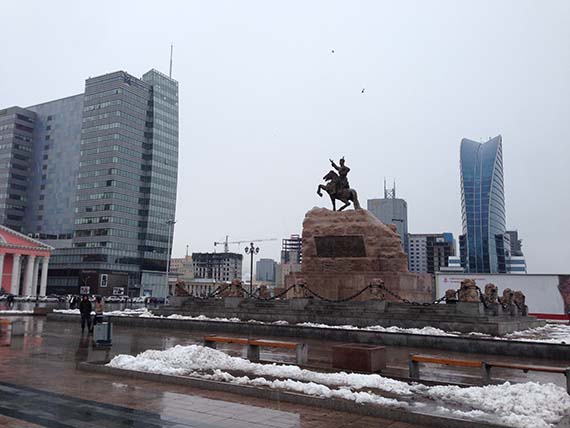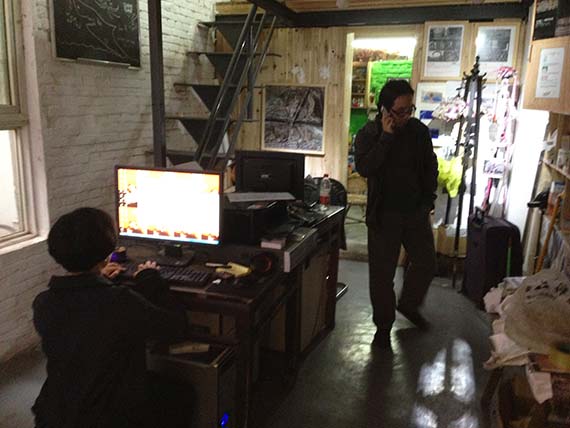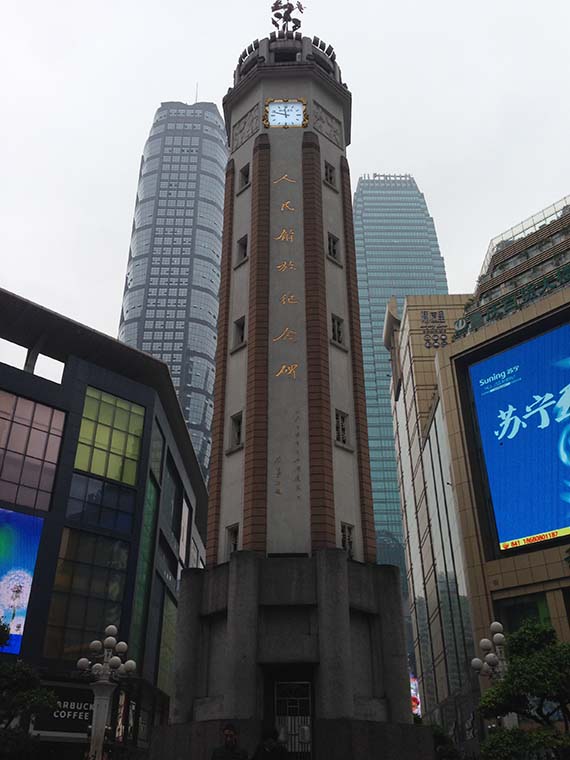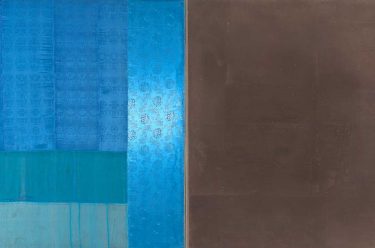
China remains a focus in our research toward APT8, but, as with anything regarding this remarkable country at this point in its history, the focus is shifting and broadening. Beijing and Shanghai remain the centres of Chinese contemporary art, but as the cost of living in these two megacities continues its dramatic rise, distinctive artistic communities are emerging in the booming metropolises of the south and west. With the establishment of innovative private museums in Guangzhou and Shenzhen, the Pearl River Delta — a dense agglomeration of nine major cities arcing from Hong Kong to Macau, with an estimated metropolitan population of 60 million and growing — has convincingly staked its claim as a third artistic centre. Further inland, the vast provincial centres of Chengdu, Wuhan, Xi’an and Changsha and the wartime capital of Chongqing host excellent art schools and vibrant grassroots initiatives, providing vibrant alternatives to the better known cities of the east coast.
At the same time, a generation of Chinese people born after the Cultural Revolution (1966–76) is coming to maturity. While the tumult of that period continues to define politics at a state level, the perspectives of Chinese under the age of 40 have been shaped more by the effects of unprecedented urbanisation, economic change and the powerful cultural impact of mass consumerism. Through education, exhibitions, travel, and communication technology, artists of this generation are exposed to the interconnected global art of the digital era. Eschewing the iconography of cold war politics, their art more often reflects the social and perceptual conditions of living in a booming consumer society, drawing on diverse art-historical precedents and models of artistic practice. The cliché that Chinese art is ‘all about Mao’ can be thoroughly dispelled. While such work embraces a rich variety of themes and techniques, certain threads are discernible — notably, a general return to the immediacy of performance and the reflexivity of conceptual strategies explored by an earlier generation of avant-gardists.


Sandwiched between China and its fellow emerging power, Russia, Mongolia has experienced similarly rapid change over the past two decades and has responded with equally compelling art-making, which is only just beginning to make its presence felt. Mongolian artists have grown well beyond the strictures of the Soviet-style academic system that dominated cultural expression until the early 1990s, to develop unique and energetic practices with both a deep sense of history and an utterly contemporary perspective. Two tendencies are particularly notable and frequently intersect in the close-knit artistic and intellectual community of the nation’s capital Ulaanbaatar. The first is a raw experimentalism that manifests in performances, public interventions, free-minded land art projects and elemental sculpture and installation. The second is the more refined but no less invigorating school of contemporary Mongol zurag, a form of painting derived from Tibetan tangka and characterised by its ultra-fine brushwork, bright colours, flattened perspective and elegant pictorial treatment of the tensions and contradictions of urban life. With such a rich context, we are extremely excited about Mongolia’s first ever representation in an AsiaPacific Triennial.
Reuben Keehan is Curator, Contemporary Asian Art, Queensland Art Gallery | Gallery of Modern Art.

Dear QAGOMA
Hope you are doing great
Do you have a collection of images from the Mongol Zurag exhibition? This exhibition was not mentioned in the search results on this website.
Could you please tell me how I can find out more about this exhibition?
Thank you for your consideration
I look forward to hearing from you soon
Yanjaa
Hi. You can search works by artists that are in the QAGOMA Collection from the Asia Pacific Triennial of Contemporary Art (APT8) at https://collection.qagoma.qld.gov.au/ alternatively you can search https://artsandculture.google.com/partner/queensland-art-gallery-gallery-of-modern-art Regards QAGOMA